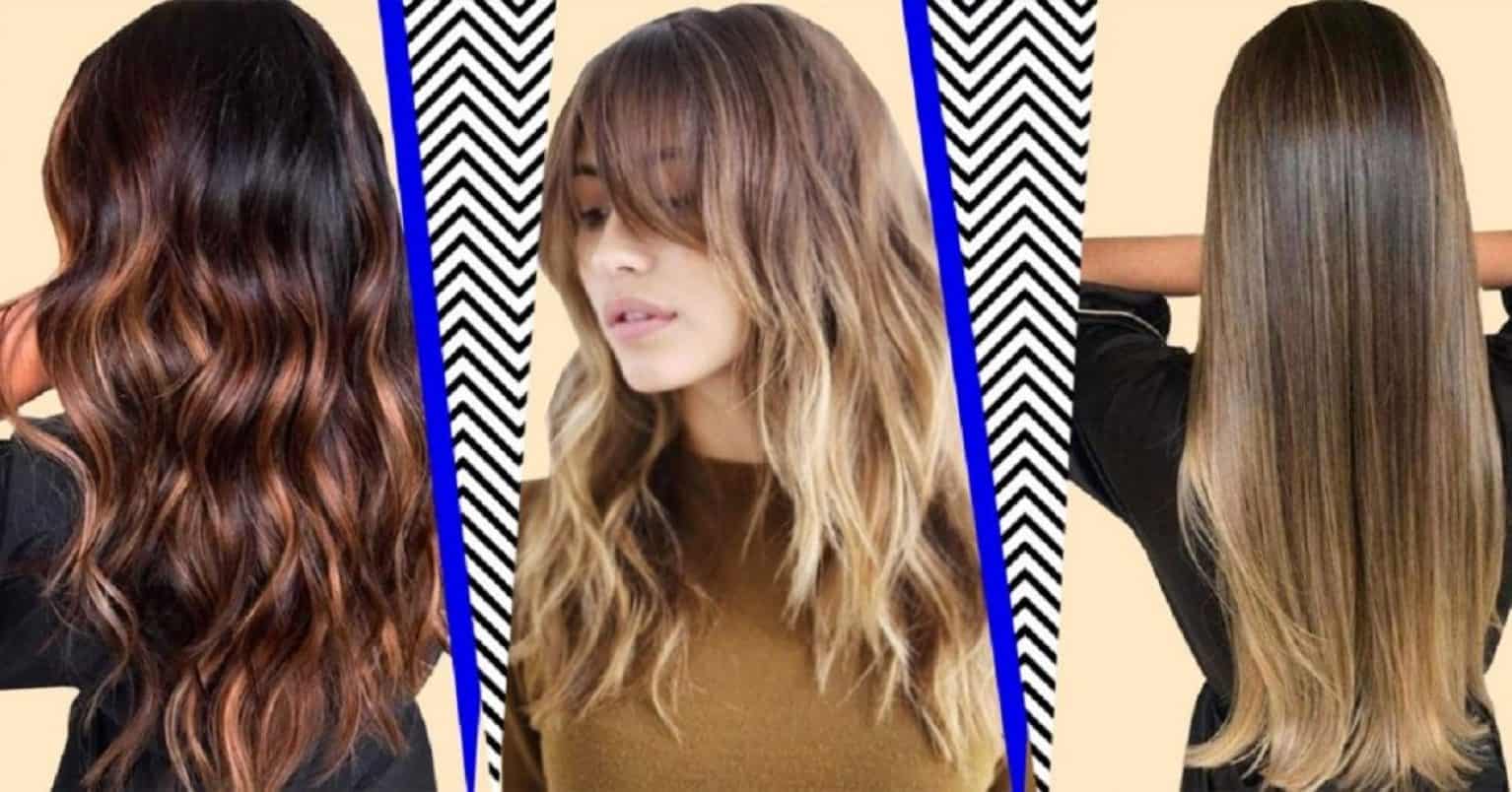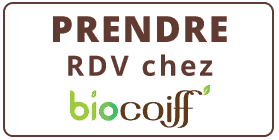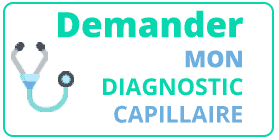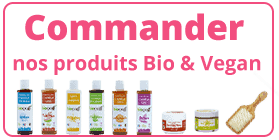Un nombre important de femmes ayant succombé à la mode du Tie and Dye se retrouvent malheureusement avec les cheveux secs et abîmés. Cette technique agresse la fibre capillaire et rend les cheveux souvent secs et cassants. C’est pourquoi, elles viennent chez Biocoiff’ et se plaignent d’avoir les cheveux abîmés.
On vous explique pourquoi il faut impérativement éviter cette technique de coloration pour protéger la santé de vos cheveux.
Le Tie and Dye, c’est quoi ?
Le Tie and Dye est une technique de coloration dite “bicolore” qui a pour but de colorer uniquement une partie des cheveux (de la mi-longueur jusqu’aux pointes, mais cela peut varier) et de conserver une couleur naturelle de la racine jusqu’à la mi-longueur.
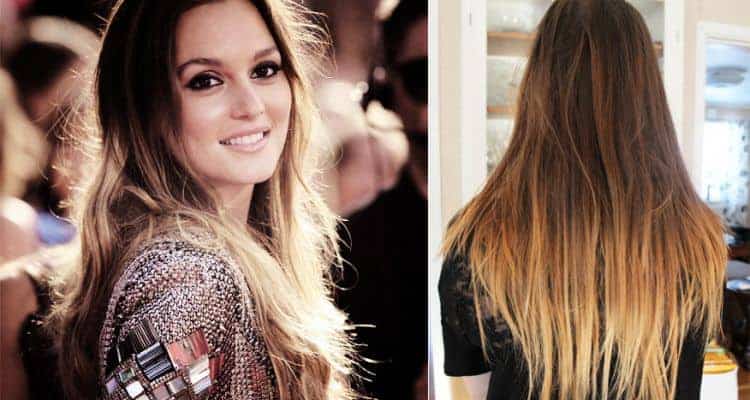
L’effet recherché est celui d’une sorte de balayage à l’horizontale, avec plusieurs variantes de couleurs (certaines ont même tenté le bleu fluo !). Cette mode peut donner un effet très stylé, mais elle n’est pas sans conséquence pour la qualité et la santé de vos cheveux.
Pourquoi ça abîme les cheveux ?
Le Tie and Dye ayant pour objectif d’éclairer une partie du cuir chevelu, mais au contraire abîme la fibre capillaire puisqu’il contient nécessairement des produits chimiques qui, à court ou long terme, vont détériorer la qualité des cheveux en ouvrant les écailles (opération nécessaire à la décoloration) et en y injectant une coloration artificielle.
En conséquence, ces produits généralement utilisés pour ce type de technique sont les plus concentrés en substances chimiques et leur intensité est maximale.Les cheveux deviennent alors secs et fragilisés, surtout si on les expose ensuite à des appareils comme le sèche-cheveux ou le lisseur, qui augmentent encore la sécheresse des pointes.
L’utilisation fréquente du sèche-cheveux à température élevée peut exacerber les effets du Tie and Dye. La chaleur intense élimine l’humidité naturelle et les huiles protectrices du cheveu, laissant la fibre capillaire vulnérable et plus sujette aux cassures et aux pointes fourchues. En exposant constamment vos cheveux aux températures élevées, vous risquez de les fragiliser encore plus, surtout si vos cheveux sont déjà secs ou abîmés par d’autres traitements chimiques.
Le Tie and Dye, pire qu’une coloration classique ?
L’un des problèmes majeurs du Tie and Dye est qu’il colore artificiellement et abîme la partie des cheveux la plus fragile, la plus sèche, et celle nécessitant d’être le plus nourrie.
En effet, le Tie and Dye s’applique de la mi-longueur (voire plus) aux pointes, là où les cheveux sont les plus secs et abîmés.
Or c’est cette partie du cuir chevelu qui est la plus sensibilisée par le stress, l’alimentation, le temps, et qui a le plus besoin d’être nourrie (avec soins hydratants tels que des baumes, des après-shampoings etc.) afin de préserver la fibre capillaire et éviter les effets de sécheresse.
Le risque du Tie and Dye raté
On ne compte plus les témoignages sur Internet de personnes ayant tenté le Tie and Dye et qui se retrouvent avec des reflets oranges peu flatteurs ou des cheveux tellement secs et cassants, qu’ils ressemblent davantage à de la paille. Ce phénomène est amplifié si on néglige de couper régulièrement les pointes ou si on attache trop souvent ses cheveux en queue de cheval serrée, ce qui aggrave les dégâts sur les cheveux fragilisés.
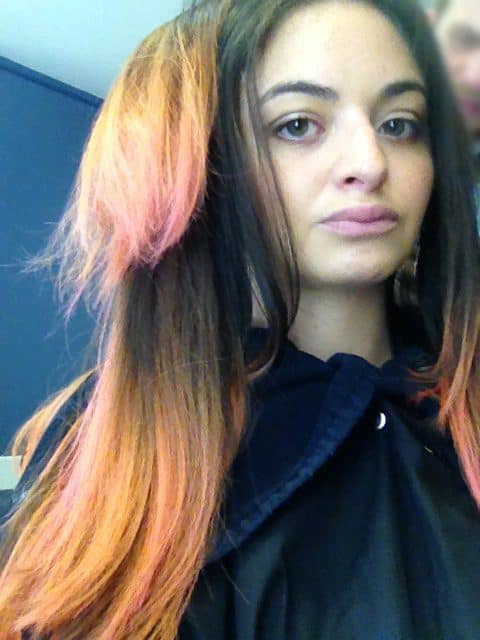
La blogueuse nous raconte ses mésaventures et son sauvetage dans cette vidéo :
Les alternatives naturelles au Tie and Dye
Si vous aimez le look du Tie and Dye mais souhaitez préserver la santé de vos cheveux, il existe des solutions plus douces. Les colorations végétales sont une excellente alternative. En utilisant des plantes tinctoriales comme le henné, vous pouvez obtenir des nuances subtiles tout en respectant la fibre capillaire. Les colorations naturelles ne contiennent pas de produits chimiques agressifs et permettent aux cheveux de conserver leur vitalité, sans les rendre secs ou cassants.
Chez Biocoiff’, nous utilisons exclusivement des produits naturels pour préserver la santé de vos cheveux. Nous conseillons également des soins post-coloration spécifiques, comme des masques hydratants et des huiles protectrices, pour maintenir une chevelure douce et saine.
Par ailleurs, chez Biocoiff’, nous avons accueilli il y a quelque temps la blogueuse Anticocotte qui a réalisé une vidéo décrivant le désastre de son Tie and Dye raté et le sauvetage capillaire que nous avons effectué. Nos experts partagent ici leur meilleurs conseils pour protéger et soigner les cheveux après un Tie and Dye.

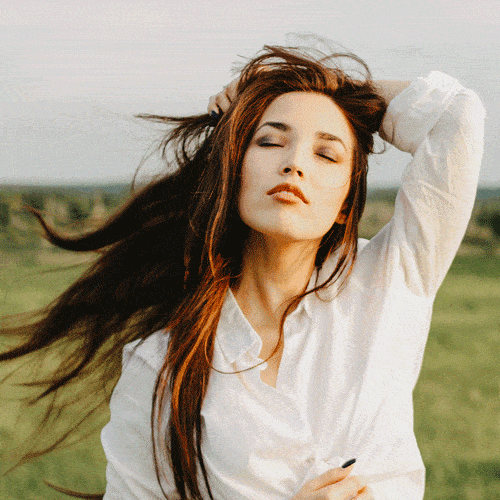 Coloration Végétale
Coloration Végétale
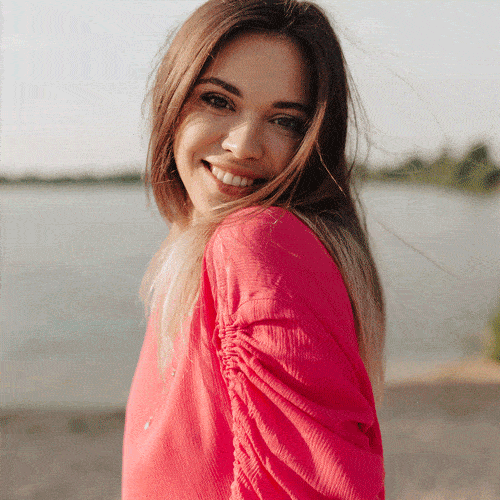 Balayage minéral
Balayage minéral
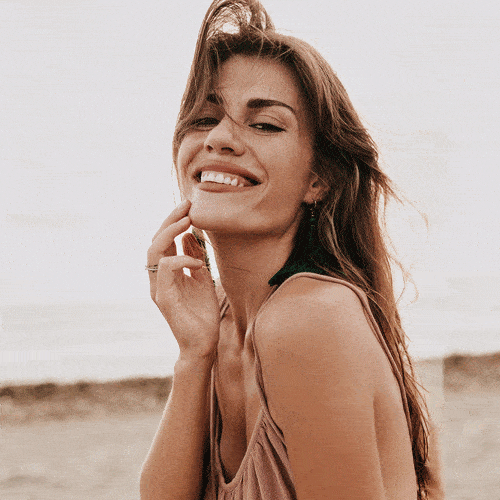 Soins Capillaires
Soins Capillaires
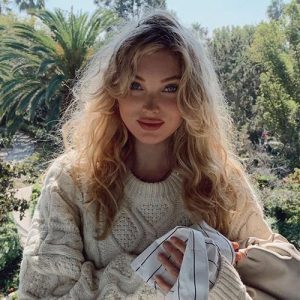 Coupe
Coupe
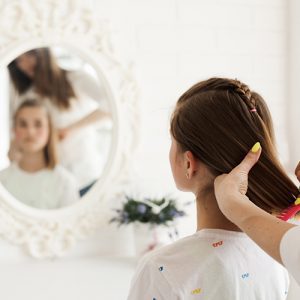 Diagnostic gratuit
Diagnostic gratuit
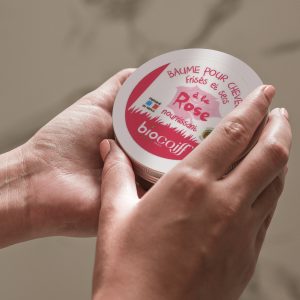 Accueil E-boutique
Accueil E-boutique
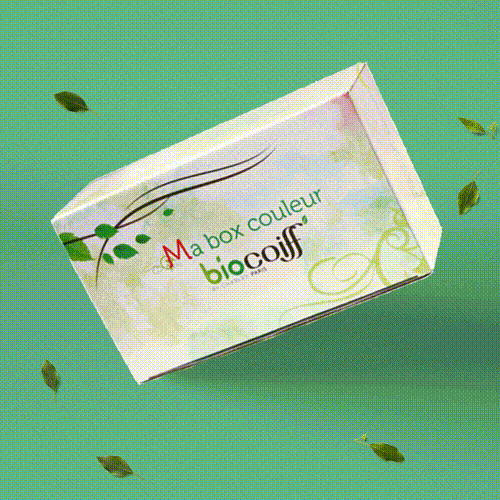 Box Couleur
Box Couleur
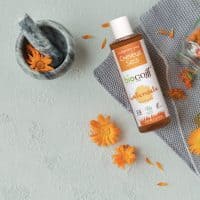 Shampoings
Shampoings
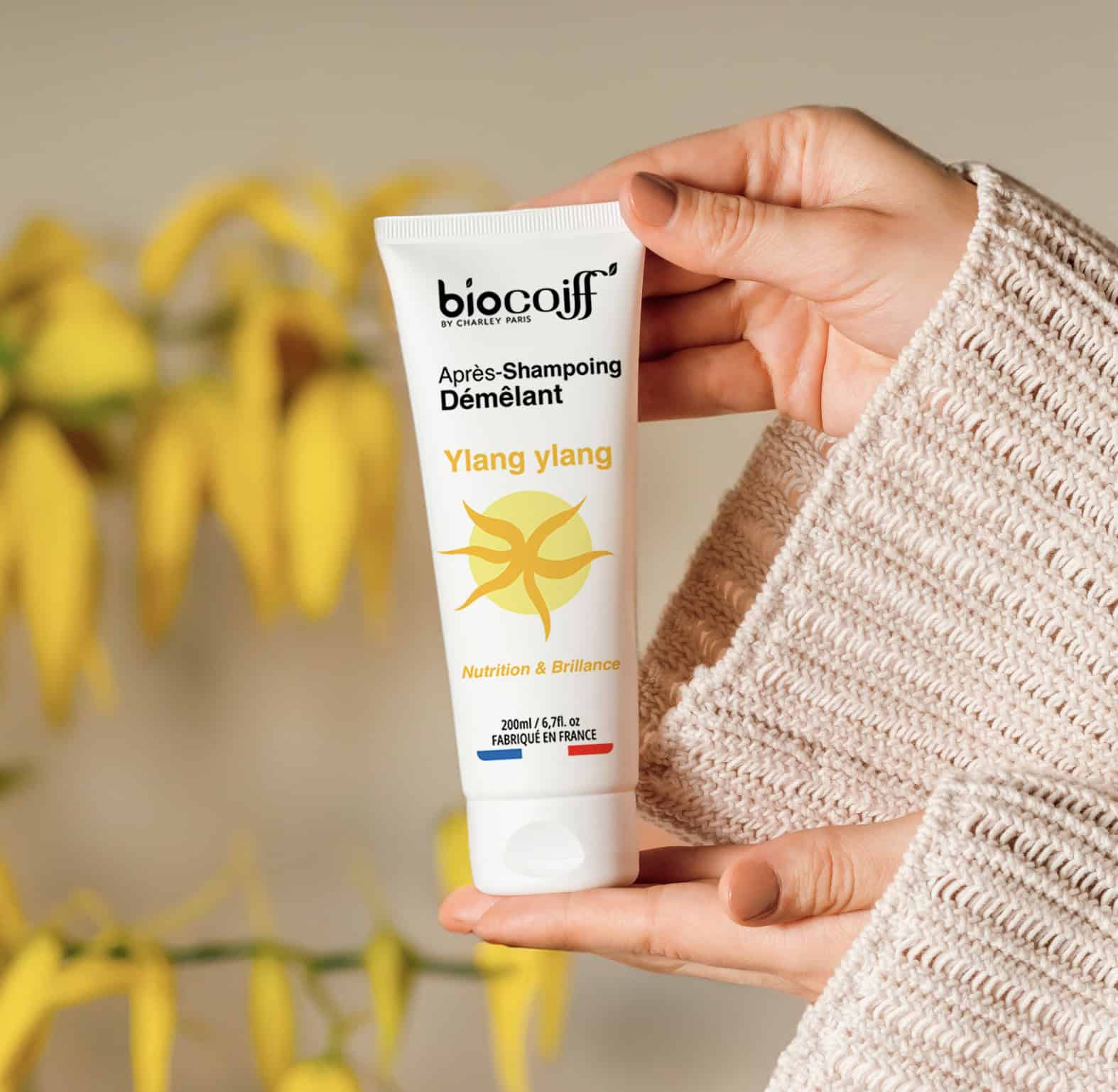 Soins
Soins
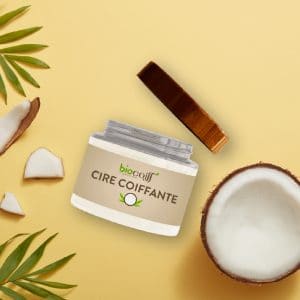 Coiffants
Coiffants
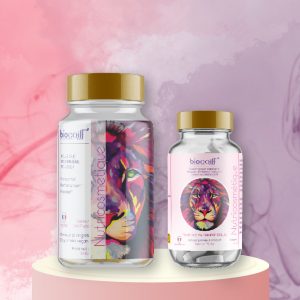 Nutricosmétiques
Nutricosmétiques
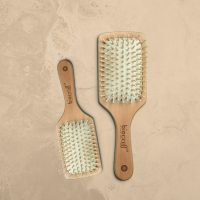 Accessoires
Accessoires
